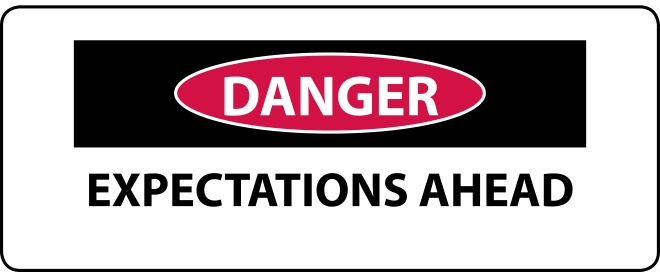by: Lawyers Professional Liability Risk Control Quarterly
Imagine this:
A person comes to your office claiming a personal injury. You decide to take the case but before filing suit you draft a demand letter to the defendant. Knowing that this demand is a starting point for negotiations, you demand an amount of money that may be more than the minimum your client would accept. Strategically, you may even demand an amount of money that is highly unlikely the client would be offered or awarded. Things happen and you fail to timely file the lawsuit or make some other mistake that causes your client to lose their cause of action. What do you think is going to be Exhibit A in the client, now plaintiff’s, lawsuit against you?
You guessed it—the demand letter you sent saying the case was worth $2M! This leaves you and your malpractice defense attorney in a difficult position. How strong will your argument to the jury be that the case really wasn’t worth as much as you demanded in your letter? At best, that number is the amount from which a jury will start.
No attorney ever plans to make mistakes that could cause their clients to lose their cases. Unfortunately, in the insurance business we see it all too often. So, how do you zealously represent your client by sending such demand letters and protect yourself at the same time? Simple client communications are the answer. Here is a checklist of potential activities:
- Always have a conversation with your client about how their case will be evaluated and all the variables at play. You should not tell them how much their case is worth in your initial meeting as you likely do not have all the information necessary to form that opinion. But rather ask them what they think the value of their case is. This will give you an idea of the client’s expectations and also will give you an opportunity to explain potential weaknesses in their case. Remember, if you give them a number based on certain facts and assumptions, all the client may remember is the number without regard to the conditions you set.

- If you feel that the client’s expectations are unrealistic, recognize this as a red flag and determine if the next appropriate step is to decline the client’s case. If you chose to decline the case be sure to send a non-engagement letter.
- If you decide to take on the client you need to follow up your conversation in writing.
Preferably this would be in the form of an engagement letter that:- Identifies the client
- Outlines the scope of representation
- Confirms the fee arrangement
- States the terms for your withdrawal
- Comments on the fact that you have not determined the value of the case
- Conforms with any ethical requirements of your state
- Is signed by the client
- If at some point during your representation you send a demand letter to the defendant, the best practice is to copy your client on the letter with a cover letter explaining that the amount you are demanding is a negotiating tool and not what they can necessarily expect to receive. For your convenience and protection your cover letter might say something like this:
“Please find attached a copy of the demand letter I sent to Mr Smith on January 15, 2014. This demand letter should not be interpreted by you as the actual value of your claim. The demand letter is intended as a negotiation tool only. The value of your case will be determined through negotiations or by a trial. I will be in contact with you as to Mr. Smith’s response.”
- A final best practice is to provide your clients with a form at the beginning of the matter that explains all the factors that go into how the value of a case is determined.
We are human and we all make mistakes. But if all of these steps are followed, your client’s expectations will be reined in and you will be in a much better position to defend the actual value of the claim, protect your reputation and keep your insurance premiums down (not to mention make your friendly risk manager very happy).
For additional risk management resources, visit lawyeringlaw.com. Please contact your insurance representative if you need the username and password.
Christine Blackstun brings 25 years of Professional Liability Insurance experience in all phases of underwriting, sales, marketing and educational services. Christine recently joined the team at Pearl Insurance, affording her the opportunity to better serve clients with access to exclusive professional liability insurance programs, state-of-the-art risk management resources, and competitive pricing. Contact Christine by calling 855.465.0199 or sending a message to christine.blackstun@pearlinsurance.com.

